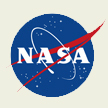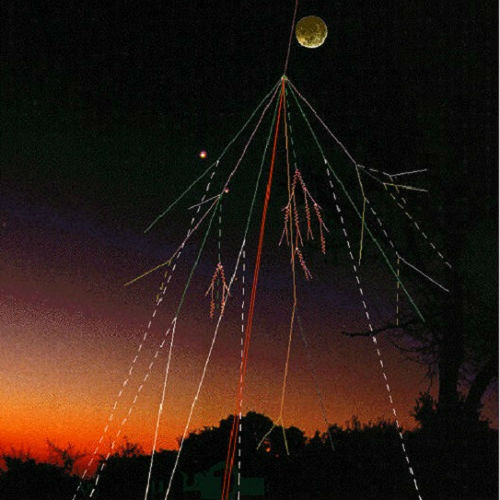LRO Data Shows That Astronauts May Face High Levels Of Radiation In 2020.
New Scientist (10/21, Aron, 183K) reports that a team led by Nathan Schwadron at the University of New Hampshire used data from the Lunar Reconnaissance Orbiter (LRO) to simulate the amount of cosmic radiation astronauts will face during long-duration missions into deep space when the sun is at its weakest in 2020. Those spending a year or more in space would receive more radiation than currently allowed by NASA’s safety limits. Because current technologies may not be able to sufficiently deal with the situation, the article noted that NASA may have to “rethink” its policy in general. NASA’s Rachel Kraft said, “The radiation measurements from the LRO are an important addition to our understanding of the fluctuating space radiation environment and potential radiation risks. ... NASA is developing human health countermeasures to minimise the risks to crew members during space exploration missions beyond low Earth orbit.”
Christian Science Monitor - 10/23/2014
If the sun is entering a prolonged period where sunspot activity is considerably weaker, the radiation hazard from cosmic rays is likely to increase further. A new study looks at the risks for astronauts going to the moon, Mars, and other destinations...
Laboratory Equipment - - 10/22/2014
In the paper, published online in the journal Space Weather, associate professor Nathan Schwadron of the UNH Institute for the Study of Earth, Oceans, and Space (EOS) and the department of physics says that, because of a highly abnormal and extended ...
89.3 KPCC - 10/22/2014
However, in space, cosmic radiation is a bigger threat, said Nathan Schwadron, a researcher at the University of New Hampshire and lead author of the paper which appears in the journal Space Weather. Our sun can dampen the intensity of this radiation by ...
Financial Express - 10/22/2014
Associate professor Nathan Schwadron of the University of New Hampshire Institute for the Study of Earth, Oceans, and Space (EOS) and the department of physics says that due to a highly abnormal and extended lack of solar activity, the solar wind is ...
International Business Times - 10/22/2014
... an asteroid, or even Mars, galactic cosmic ray radiation in particular remains a significant and worsening factor that limits mission durations,” NathanSchwadron of the University of New Hampshire in Durham, and the study's lead author, said in a statement.
Auto World News - 10/22/2014
In a new study published online in the journal Space Weather, associate professor Nathan Schwadron of the UNH Institute for the Study of Earth, Oceans, and Space (EOS) and the department of physics confirmed that due to an abnormal and extended lack ...
WallStreet OTC - 10/22/2014
“The behaviour of the Sun has recently changed and is now in a state not observed for almost 100 years,” said Nathan Schwadron, an associate professor of the Institute for the Study of Earth, Oceans and Space (EOS) in the University of New Hampshire.
Firstpost - 10/22/2014
"While these conditions are not necessarily a showstopper for long-duration missions to the moon, an asteroid, or even Mars, galactic cosmic ray radiation in particular remains a significant and worsening factor that limits mission durations," Schwadron added.
Any manned missions to Mars will be incredibly dangerous endeavors no matter what, but increased levels of harmful cosmic rays in our solar system mean the next few decades may be an especially unpleasant time to be in space, a new study suggests.
Daily News & Analysis - 10/22/2014
Associate professor Nathan Schwadron of the UNH Institute for the study of Earth, Oceans, and Space (EOS) and the department of physics said that due to a highly abnormal and extended lack of solar activity, the solar wind has been exhibiting extremely low ...
Science World Report - 10/22/2014
"The behavior of the sun has recently changed and is now in a state not observed for almost 100 years," said Nathan Schwadron, one of the researchers, in a news release. Usually the sun keeps to an 11-year solar cycle, followed by two to three-year periods ...
Delhi Daily News - 10/22/2014
An increase in the levels of damaging cosmic rays in our solar system will pose massive threats to manned Mars mission endeavors in any case, which implies that the conditions may not be favourable to be in space in the following several decades, a new ...
Dumb-Out - - 10/22/2014
It has been estimated that traveling to Mars and returning, taking about a year, would expose astronauts to hazardous levels of radiation. The University of New Hampshire's Nathan Schwadron, who has studied the subject, has stated that although the threat is ...
|













